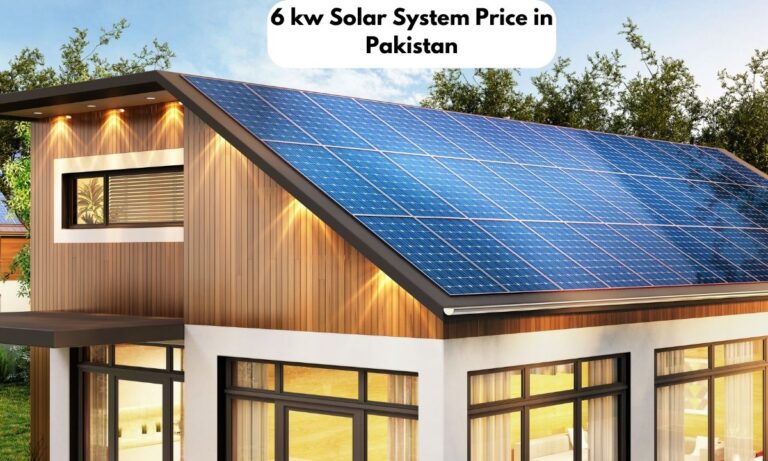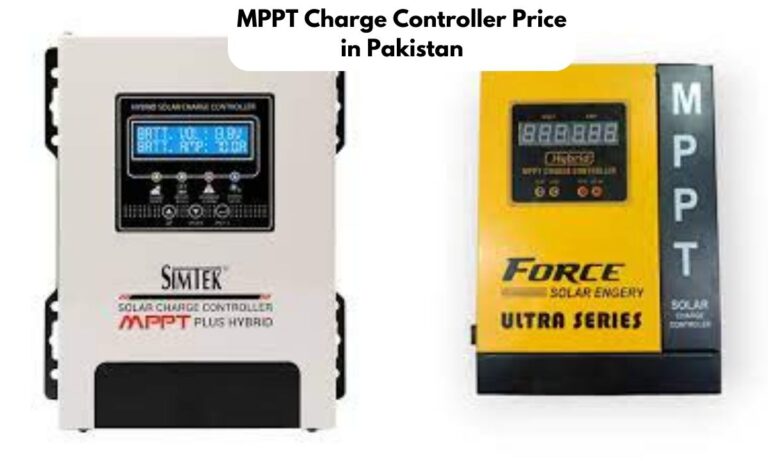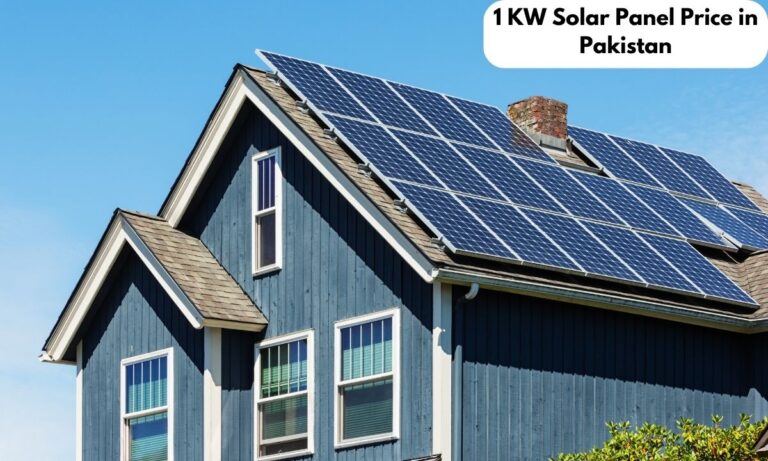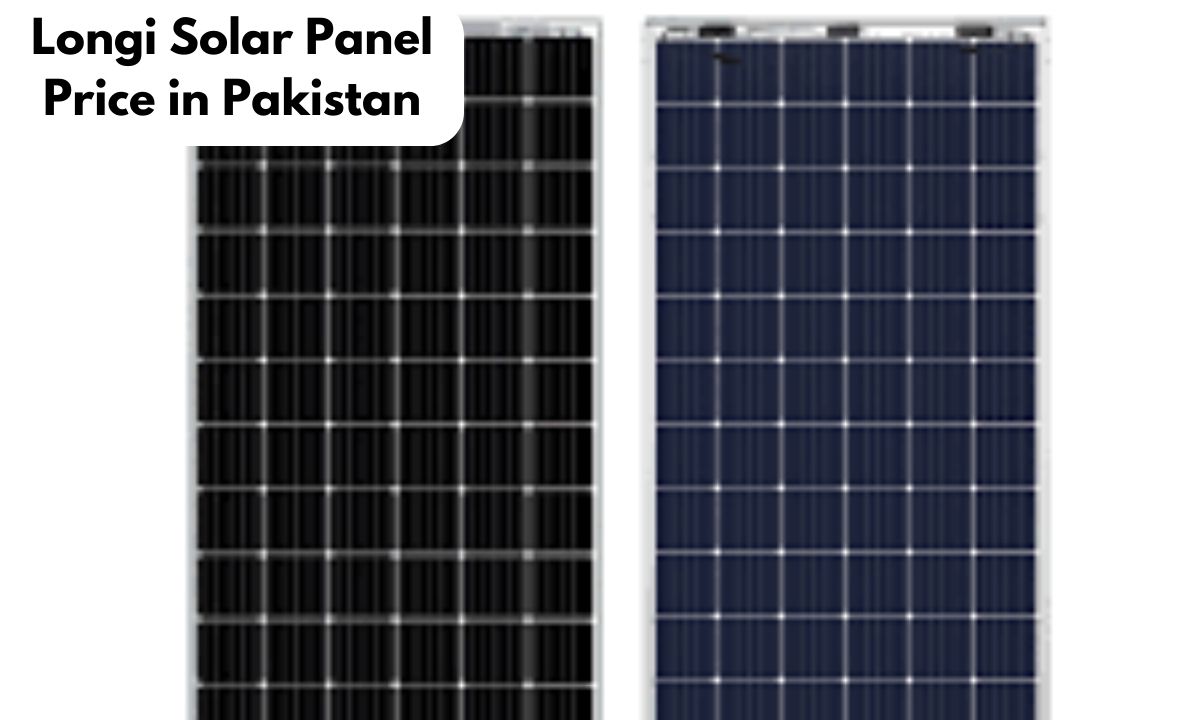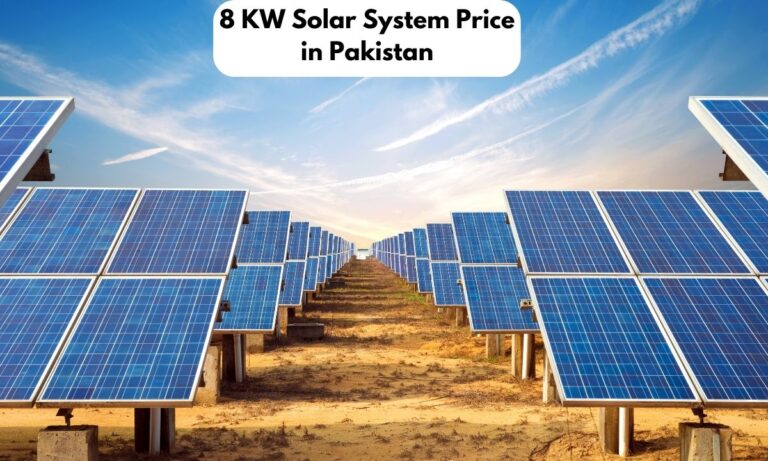10kw Solar Systems Price in Pakistan
In Pakistan, where we’re fortunate to have plenty of sunshine, solar energy is becoming increasingly vital. This form of energy not only helps meet our country’s rising energy demands but also promotes a cleaner environment and opens up job opportunities. A popular choice for harnessing this energy is the 10kw solar system at Rs. 1,450,000/- PKR and Rs. 1,550,000/- PKR.
This system can generate about 10,000 watts of electricity every hour, translating to a daily output of 29 to 46 kWh, depending on the sunlight and location. For an average household, this amount of power is usually sufficient.
The upfront cost for a 10kw solar system in Pakistan can vary between Rs. 1,450,000/- PKR and Rs. 1,550,000/- PKR due to factors like the quality of materials and system type, the long-term advantages—like savings on electricity bills and a cleaner environment—make it a wise investment for many families in our nation.
Cost of 10kw Solar Systems in Pakistan
In Pakistan, the price of a 10kw solar system can differ based on various elements such as the system type (on-grid, off-grid, hybrid), the quality of solar panels and inverters, and how net metering is applied.
Price Range for 10kw Solar Systems in Pakistan
The average price for a 10kw solar system in Pakistan ranges from Rs. 1,450,000/- PKR to Rs. Rs. 1,550,000/ PKR. The price can vary depending on the type of system:
| Solar System Type | Cost Range in PKR |
| On-Grid 10kw | 1,350,000 – 1,800,000 |
| Off-Grid 10kw | Starts from 1,650,000 |
| Hybrid 10kw | Around 1,800,000 |
Factors Influencing the Cost of a 10kw Solar System
In Pakistan, the price of a 10kw solar system can change based on a few key factors:
Type of System: Generally, on-grid systems tend to be more affordable than off-grid or hybrid ones. This is because on-grid systems have simpler designs and need fewer components.
Quality of Solar Panels and Inverters: The cost can also depend on the brand and quality of the solar panels and inverters chosen. In Pakistan, well-known brands like Huawei, SMA, Sungrow, and Fronius are often considered top choices.
Net Metering Setup: If you opt for net metering, which lets you send any extra electricity back to the grid, it might add to your overall expenses.
Location: Where you are in Pakistan can also influence costs. Sometimes, differences in bringing in equipment from other places can affect the final price.
While there’s an upfront cost involved, the benefits in the long run—like savings on electricity and helping the environment—make investing in a 10kw solar system a smart move for many people in Pakistan.
Installation Process of a 10kw Solar System
Setting up a 10kw solar system goes through various stages, starting from selecting the right expert to the final activation. The duration of each stage can change depending on factors like the installation’s complexity, the system type, and local rules for permits and checks.
Here’s a breakdown of the installation process for a 10kw solar system:
- Choosing the Installer (1-5 Days): Begin by selecting a skilled installer familiar with solar energy.
- Site Examination (1-3 Weeks): The chosen installer will survey the location to assess the area and determine the best wiring path.
- System Design and Engineering (2-14 Days): Using the site survey, the installer will create a tailored solar system design.
- Obtaining Permits (1 Week to 1 Month): Necessary permits from local authorities are sought to ensure everything is up to standard.
- Installing Solar Components (2-3 Days): This step involves setting up the solar panels, inverters, batteries, mounting structures, and connecting them correctly.
- Testing and Setting Up Net Metering: The installer will check the system’s functionality and, if needed, set up net metering.
- Final Checks and Activation (1 Day): Before completion, the utility company or local authority inspects the setup. Once approved, the system is activated and ready to use.
Timeframe for Each Step of the Installation Process
Setting up a solar system involves various stages, usually spanning a few months from selecting the expert to activating the system. Yet, when it comes to actually putting together the solar components, that task typically wraps up in just 2-3 days. This timeline can shift depending on factors like the installation’s intricacy, the system type, and the local procedures for permits and checks.
Performance and Energy Production of a 10kw Solar System
In Pakistan, a 10kW solar system has the potential to generate between 36 to 48 kilowatt-hours (kWh) of electricity each day, translating to roughly 1100 to 1200 units monthly. Annually, this sums up to an estimated 13,140 to 17,520 kWh, based on an average daily output of 36 to 48 kWh. Yet, the exact energy yield hinges on various factors:
- Location: Places that receive more sunny days naturally harness more solar energy due to increased sunlight exposure.
- Sunlight Duration: The number of peak sun hours, typically around 5-6 hours daily in Pakistan, impacts a system’s energy generation. Peak sun hours refer to periods when solar radiation averages 1,000 watts per square meter.
- Equipment Efficiency: The effectiveness of the solar panels and inverters plays a crucial role in converting sunlight into usable electricity.
- Panel Positioning: Orienting solar panels towards the south in Pakistan ensures optimal sunlight absorption.
- Weather Patterns: Factors like cloud cover, fog, and dust can hinder sunlight absorption, thereby affecting energy production.
- Shading Concerns: Obstructions such as buildings or trees casting shadows can diminish sunlight exposure, thereby lowering the system’s efficiency.
Given that central and southern regions of Pakistan bask in sunshine for over 300 days annually, they stand out as prime locations for solar energy. Nevertheless, the real output of a 10kW solar system depends on the specific environmental conditions at its setup site.
Payback Period of a 10kw Solar System in Pakistan
The solar payback period represents the duration required for the money saved from using a solar system to equal the initial money spent on it. To figure this out, you divide the total price of the solar setup by how much you save each year on electricity costs. Let’s consider a 10kW solar setup in Pakistan.
This system might cost around PKR 2,000,000 upfront. However, by using it, you could save about PKR 400,000 on your yearly electricity bills. To determine the payback time, here’s the simple math you’d do:
1. Payback period = Annual Savings / Initial Investment Cost
2. Given values:
- Annual Savings = PKR 2,000,000
- Initial Investment Cost = PKR 400,000
3. Substitute the values into the formula:
Payback period = PKR 400,000 / PKR 2,000,000
4. Simplified calculation:
Payback period ≈ 5 years
5. Result:
The payback period is approximately 5 years.
After about five years, the money you save from using the solar system will match what you initially spent on it. Once you reach this point, the system keeps working, helping you save more on electricity or even producing extra power. However, it’s crucial to understand that the time it takes to recover your investment can change.
Factors like the solar system’s cost, how much electricity it produces, the standard electricity rates, and available incentives play a role. Take Pakistan’s net metering policy as an example; it lets solar owners sell extra power back to the system, speeding up the payback time.
Typically, for a 10kW solar system in Pakistan, it might take anywhere from 4 to 7 years to recover the initial cost, depending on those factors mentioned. Once you’ve covered this period, the solar system continues working for many more years, often 25 years or longer, bringing you more savings.
Benefits of a 10kw Solar System in Pakistan
Setting up a 10kW solar system in Pakistan brings both financial savings and positive impacts on the environment, promoting energy autonomy and eco-friendliness.
Benefits for the Environment
Embracing solar power means choosing a renewable and pure energy source. By opting for a 10kW solar system, you play a part in lowering harmful emissions and addressing the challenges of global warming.
Unlike fossil fuels like coal or oil, solar panels operate without generating waste. They also lighten the load on the electricity grid by supplying power during daylight hours, reducing the need for additional power plants and their associated environmental impacts.
Financial Advantages
Committing to a 10kW solar system translates to considerable savings on your energy bills over time. Typically, this setup can cover almost all your electricity needs, slashing costs compared to relying solely on sources like gas or coal.
Depending on aspects such as where you place the panels, the type of roofing, and regional sunlight availability, you could produce around 10,500 kilowatt-hours annually. Moreover, thanks to Pakistan’s net metering policy, solar system users can sell any surplus electricity, potentially accumulating credits and boosting their savings.
Achieving Energy Autonomy and Embracing Sustainability
With a 10kW solar system, you diminish or even eliminate your dependence on conventional energy sources, marking a step towards energy self-sufficiency. You can use the generated power immediately, store it for later use, or send it back to the grid.
This approach not only guarantees a consistent energy supply but also promotes sustainability by tapping into solar energy—a limitless and eco-friendly power source.
Conclusion
In Pakistan, a 10kW solar system emerges as a viable answer to the nation’s energy requirements. Capable of generating between 36 to 48 kWh of power daily, it diminishes or even eradicates the need for conventional energy sources.
The overall expense of setting up such a system can fluctuate, depending on factors like the system’s type, the caliber of solar panels and inverters, and the incorporation of net metering. Even with the upfront costs, the enduring advantages, such as decreased power bills and minimized environmental impact, justify the investment.
The setup procedure, although it comprises multiple stages, remains uncomplicated and can conclude within several months. The efficacy and power yield of this 10kW solar system hinge on aspects like location, sunlight exposure, system efficiency, panel direction and angle, prevailing weather, and shade levels.
Typically, it takes around five years for the initial investment in a 10kW solar system in Pakistan to break even. Post this period, the system persists in producing electricity, further enhancing its financial advantages. Given its positive environmental impact, financial perks, and contribution to energy self-sufficiency and sustainability, opting for a 10kW solar system becomes a prudent choice.
For those contemplating a dependable, economical, and eco-friendly energy alternative for their residence or enterprise, the 10kW solar system stands out. Tapping into Pakistan’s ample sunlight, it not only promises energy autonomy but also paves the way for a greener tomorrow.

